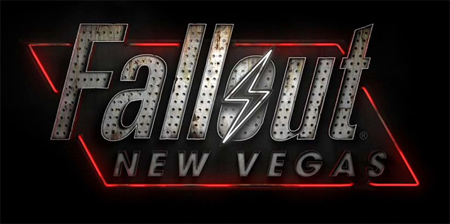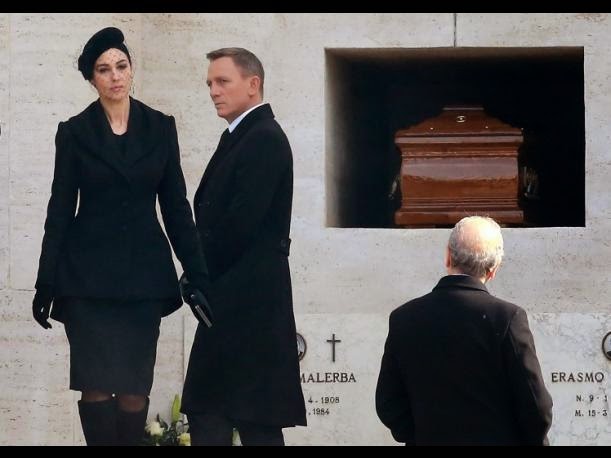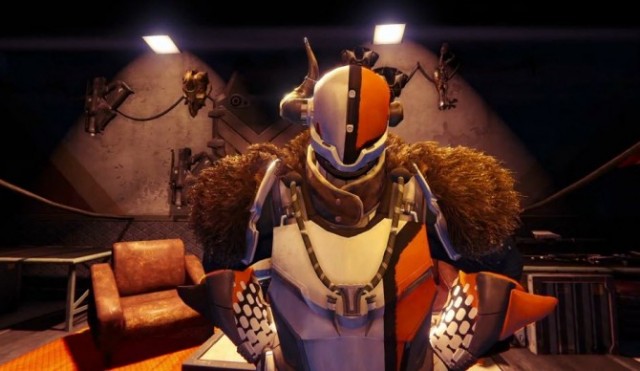

The term “roguelike” gets thrown around a lot these days. Ostensibly, the term describes a certain type of title: a role-playing game with procedurally generated dungeons and permadeath, meaning that when the player’s character dies, that’s it. Start over from the beginning. While roguelikes don’t have to be set in fantasy kingdoms, they often are, and traditionally, roguelike-combat is turn-based, not real time.
Recently, that’s all gone out the window. If a game has a whiff of procedurally generated levels and a certain degree of difficulty, it’s a roguelike. A fantasy game with a focus on dungeon crawling? Let’s call that’s a roguelike, too. While some games – mostly indie titles like FTL and Rogue Legacy – really do uphold the roguelike tradition, others use the phrase as a vague and meaningless marketing term. Sure, roguelikes are great, but not every game has to be one.
This is a long way of saying that, while many people (including the developers) call The Weaponographist a roguelike, they’re wrong. Yes, there is dungeon crawling. Yes, players will die multiple times before conquering the game’s five levels. Yes, the routes through these levels follow “randomly generated paths.” But the game saves players’ progress, and dying isn’t a major setback for Doug McGrave, The Weaponographist’s protagonist. The Weaponographist might be rogue-adjacent, but it isn’t a roguelike, and that’s okay. The Weaponographist is fun all on it’s own.
The Weaponographist begins as renowned hero and colossal jerk Doug McGrave travels to Hellside, a dismal little village plagued by monsters. A witch asks McGrave to help the town, but she’s got no money. Too bad, McGraw says, and he gets ready to move on. Furious, the witch curses McGrave, robbing him of all his strength and making every weapon crumble in his hands. In order to reclaim his stolen power, McGrave has to solve Hellside’s monster problem – for free. It’s up to players to help McGrve kill the monsters, beat the curse, and get as far away from Hellside as possible.
If that sounds silly, it is. The Weaponographist looks like the crew at MAD Magazine took a crack at the Dungeons and Dragons monster manual. McGrave himself is an arrogant blowhard in the same mold as Futurama’s Zap Brannigan, and the enemies are even better.
For every fantasy archetype that appears, including spear-wielding goblins and dark elf archers, there are three more types of monsters that are totally unexpected. Players will battle it out with Tommy Gun-toting gangsters, masked brutes with chainsaws, and members of a demonic marching band who shoot lasers out of their tubas – and that’s just in the first level. One of the biggest joys in The Weaponographist is reaching a new dungeon, not because players aregetting further in the game, but because they’ll get to see what kind of wacky bad guys pop up next.
While The Weaponographist doesn’t offer much in the way of story, the game’s brief set-up does its job. If the game was just dungeon crawling, it’d get old pretty fast. On its own, combat is remarkably simple. Move McGrave using the thumbstick (or WASD), while aiming his attacks with the face buttons or arrow keys. That’s it. There’s no weight to McGrave’s movements, and he glides along the dungeon floors. It takes some getting used to, and combined with enemies’ pattern-based movements, makes The Weaponographist feel more like a bullet hell shump than a Zelda-influenced dungeon crawler.
It’s fine, but a little dull. Thankfully, while the witch’s curse might be the source of all of McGrave’s problems, it makes The Weaponogaphist a lot more interesting. Killing enemies gives McGrave experience points, which he’ll need to take out levels’ end bosses; successful deaths also fill part of McGrave’s combo meter. When McGrave isn’t slaughtering bad guys, the combo meter drops. When the combo meter runs out, McGrave’s experience bar takes its place, and McGrave will get weaker and weaker until players manage to kill something else. McGraw doesn’t just need to massacre dungeons full of monsters, he needs to do so as quickly as possible. Slowing down for even a second ruins everything.
Clearing out dungeons quickly is easier said than done, too. Thanks to the witch’s curse, McGrave’s weapons fall apart after just a few uses, meaning that players will have to constantly pick up discarded items from defeated foes. Every weapon handles differently, and no two rooms have quite the same collection of bad guys. While players will inevitably end up with favorite weapons, they’ll need to learn how to use all of them to proceed; sometimes, no matter how annoying a weapon is, it’s McGrave’s only option.
Early battles end up fast and frantic, as players hurry to avoid damage while taking out foes as quickly as possible, and players actually need to use a fair amount of strategy after they clear out the first few screens. Should McGrave pick up a new, inferior weapon right now, or is sticking with the current one worth the risk of getting caught empty-handed later? Is taking out the tough but close enemy better than going after the weakling across the screen? Players have to make decisions at least once every second, making the game chaotic, but never unfair.
Unfortunately, the frantic pace doesn’t last. As McGrave bashes his way through dungeons, he picks up monster goop, which is used as in-game currency. When McGrave dies, he wakes up in Hellside with all his goop intact. By talking to villagers, McGrave spends goop to upgrade his weapons and stats, and slowly lifts the witch’s curse. The stronger that McGrave gets, the less interesting his adventure becomes. The game tries to compensate by throwing tougher enemies – not to mention more of ’em – at the player, but it’s not enough. The combat isn’t the draw here, the overwhelming sense of pressure is, and without that The Weaponographist starts to lag.
It doesn’t help that pretty much every screen looks the same. Thanks to The Weaponographist’s random paths, players never know exactly which enemies will pop up next, but after a few runs through the same level they’ll have a pretty good guess. Some rooms have a few obstacles, but they’re often destructible, and only last for a few seconds anyway. Every fight ends up taking place in a giant, empty arena; given how chaotic The Weaponographist can get, that’s not bad, but it doesn’t make the levels particularly interesting, either.
Ultimately, however, despite the boring levels and slower second half, The Weaponographist does what it sets out to. Even with an extra-hard difficulty mode and time-based leaderboards, it’s not a long game, and players will probably finish The Weaponographist before they get sick of it. Yes, it’s repetitive, but it’s also charming and delightfully tense. The Weaponographist may not be a true roguelike, but it’s absolutely worth a few hours of most gamers’ time.
The Weaponographist comes out for PC and Mac on April 29, 2015. Game Rant was given a Steam PC code for this review.




 Readers' Windows Tech Support Scam Stories
Readers' Windows Tech Support Scam Stories E3 2015 all the Big News in one article!
E3 2015 all the Big News in one article! Skyshine's Bedlam Walkthrough Guide
Skyshine's Bedlam Walkthrough Guide Fallout 4 Crafting For Settlement Guide
Fallout 4 Crafting For Settlement Guide Destiny: The Taken King, How To Beat This Weeks' Court Of Oryx Tier 3 Boss: Kagoor
Destiny: The Taken King, How To Beat This Weeks' Court Of Oryx Tier 3 Boss: Kagoor